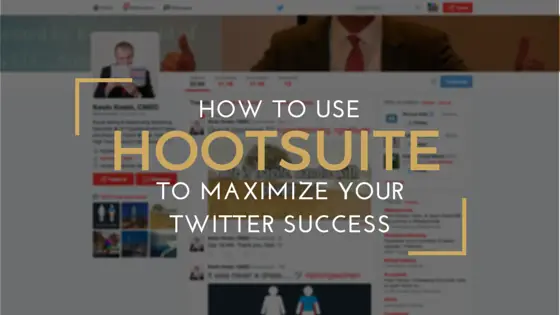Matt Coen, President and Co-founder of SecondStreet urges all business owners looking to expand their brand to get active in their marketing, and grow an email database through well-planned contests. Coen argues that in a social media driven world, “growth is built best on promotion.” The bottom graph is a great representation of social media shifting a trend. As the internet increases business/consumer interaction, traditional media dollars are plateauing, while promotional strategies continue to rocket skyward. You can check out the webinar here.

Contest Planning
Coen breaks down the promotional strategy process into three stages: building a team, choosing a promotion (and the details that go with it) and developing newfound interest into revenue.
Building a Team
- Having the essentials such as a Facebook, Twitter, and website
- Using Facebook or an outside strategy to grow an email database
- Having a task force dedicated to promoting the contest itself
Choosing a Promotion
Many factors go into choosing a promotion, Coen suggests starting with environmental forces (time of year, target user demographics, promotional niche market) and choosing a contest that will be broad enough to generate user input that might not have previously existed, without diminishing the companies core values. Once a promotion is generally decided, the next step would be deciding how long to run it (shorter time might be seen as more exclusive, but one would lose in overall viewers) and what prices the company could use to entice users.
How to Monetize contests
One of the main things Coen urges businesses to consider when looking to capitalize on their contest is to run it through as many forms of media as possible. As a business, your success lies in a boom in either your system database, or potential users of your product or service. Relying strictly on Facebook or Twitter to run your promotion, although marginally effective, still limits your database strictly through the users of those sites. A contest-savvy business runs a traditional advertisement, and then drives readers to their digital media preferences on every level (smartphone/laptop/tablet.)





